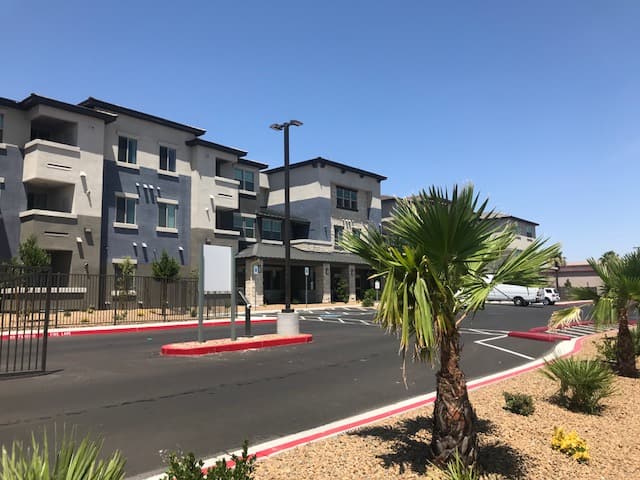Construction underway!
731 Effinger Street, Las Vegas near downtown
60 units of affordability for seniors 55+.
One bedroom and two bedroom units, with free utilities!
4 Stories with Elevator Access
Supportive services offered including food distribution, health and wellness screenings, social and educational activities on a monthly calendar
Currently under construction with a Fall 2026 delivery!
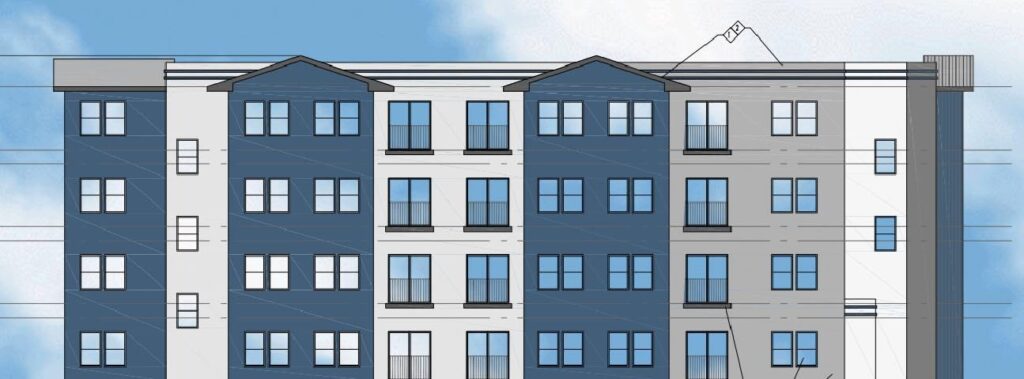
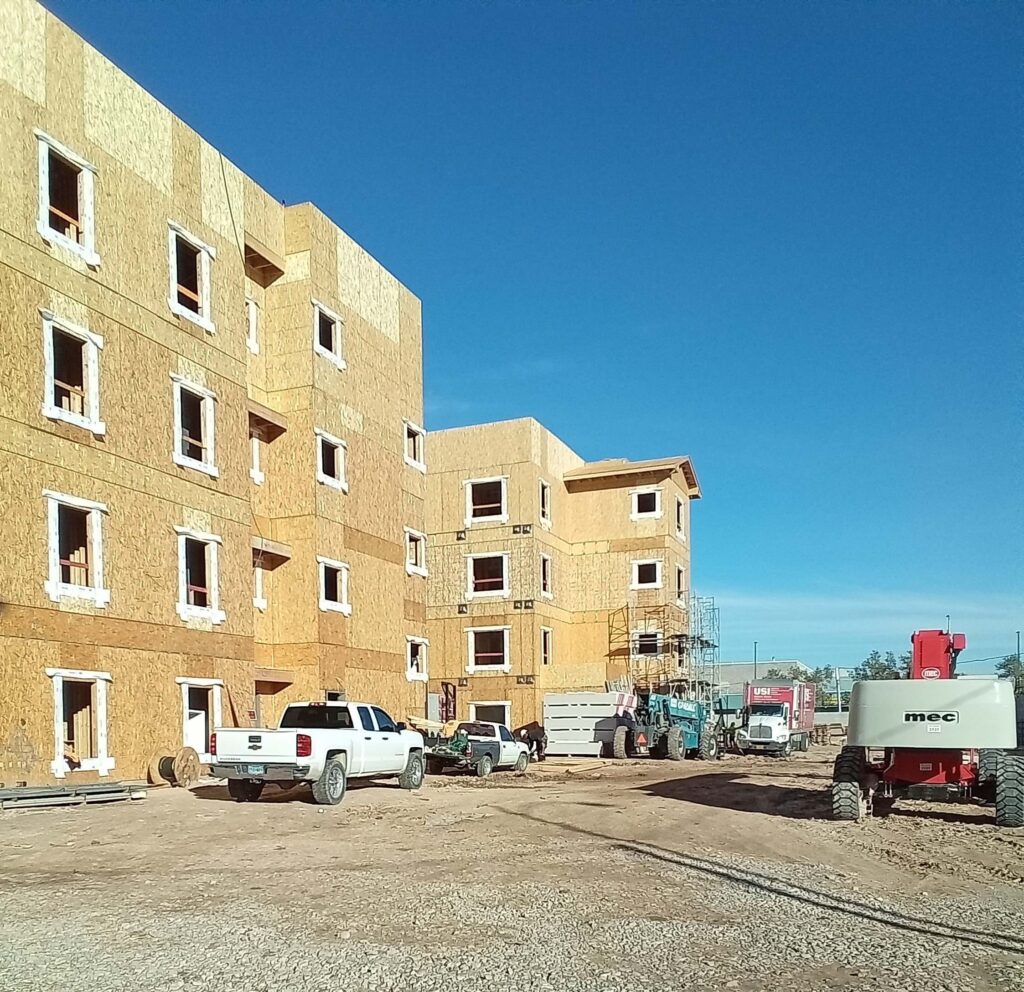

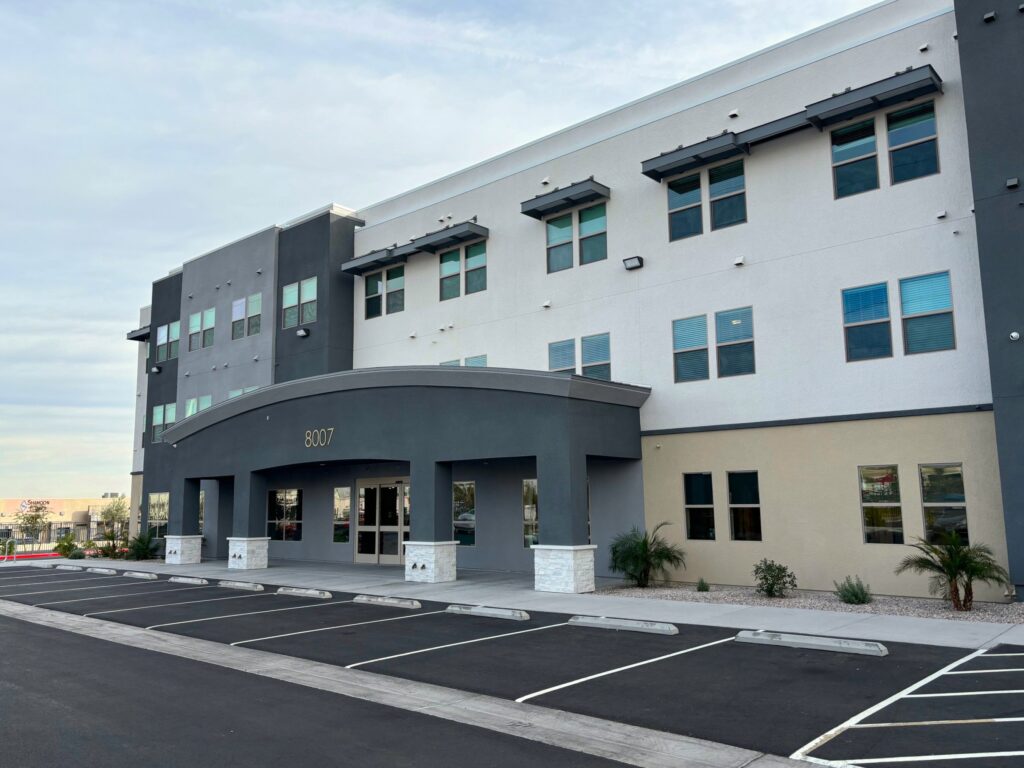
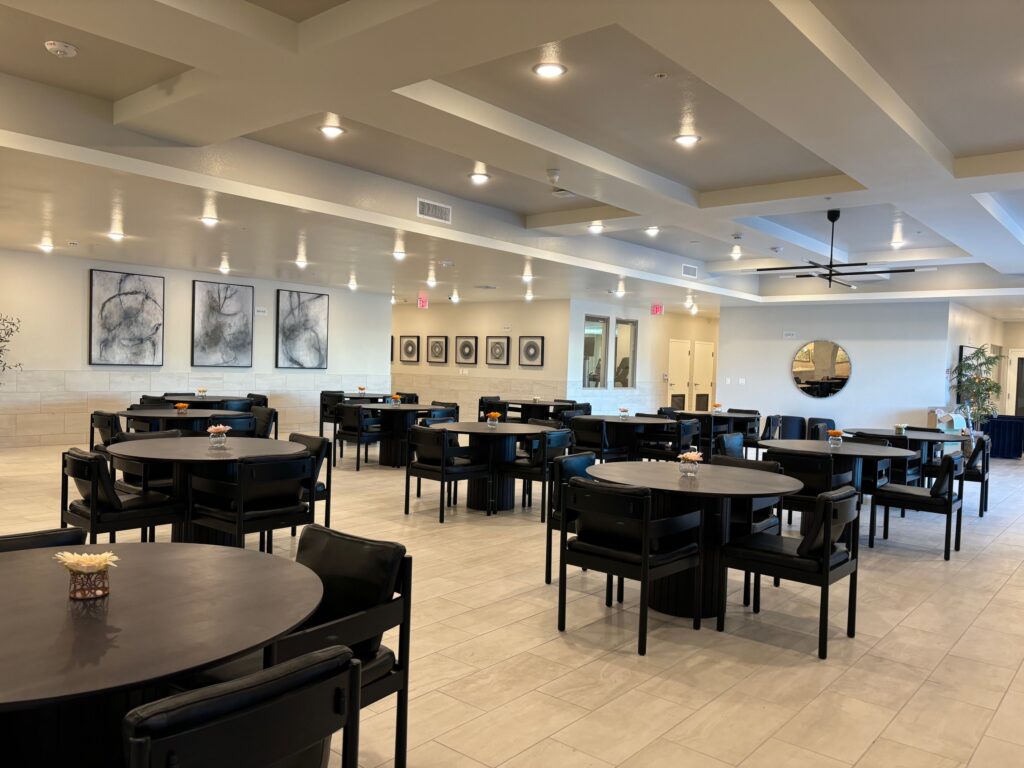
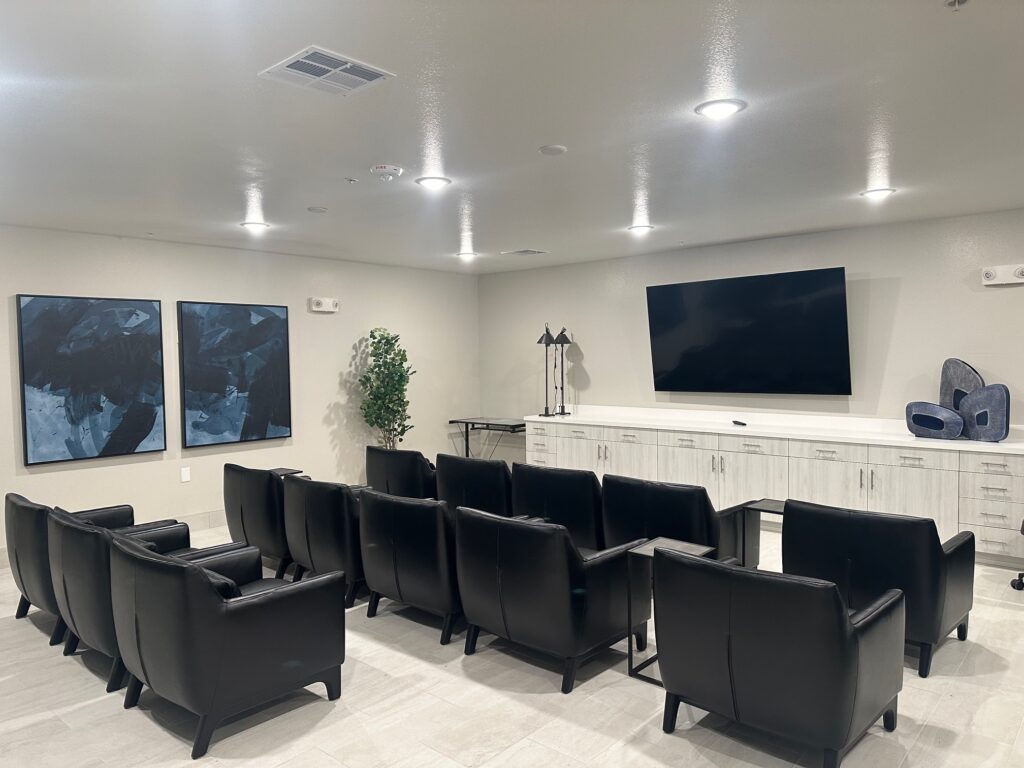
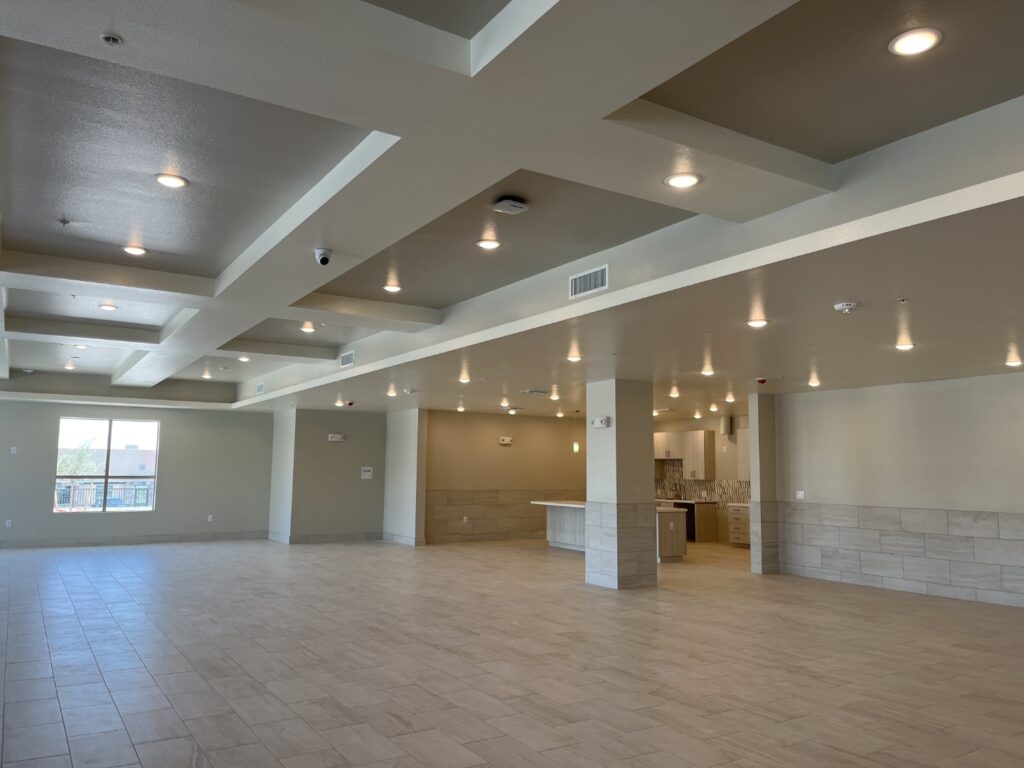

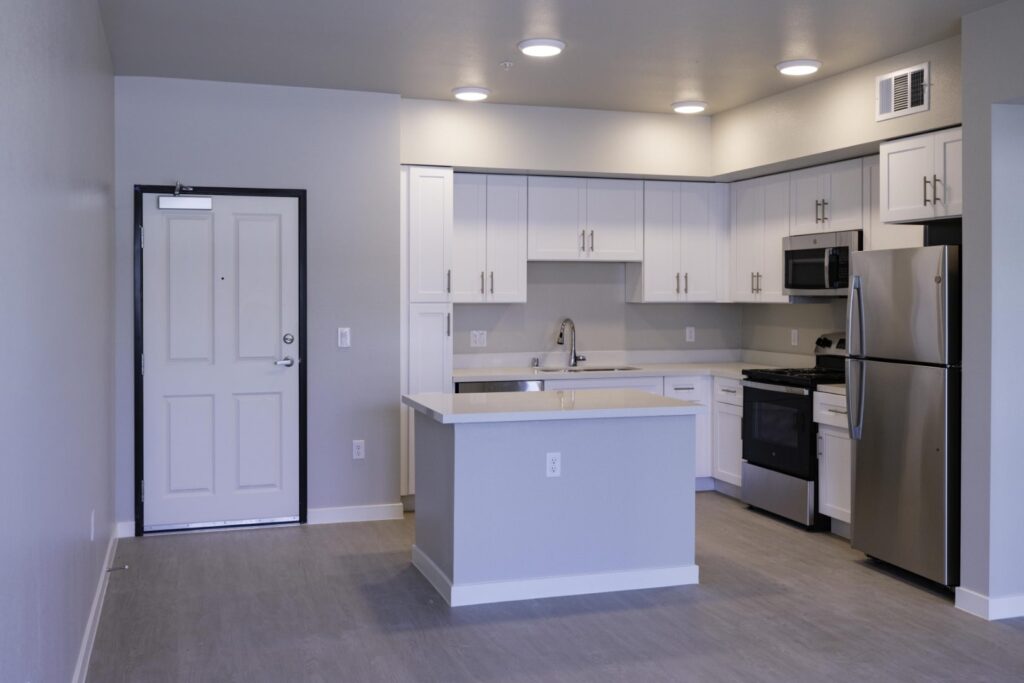
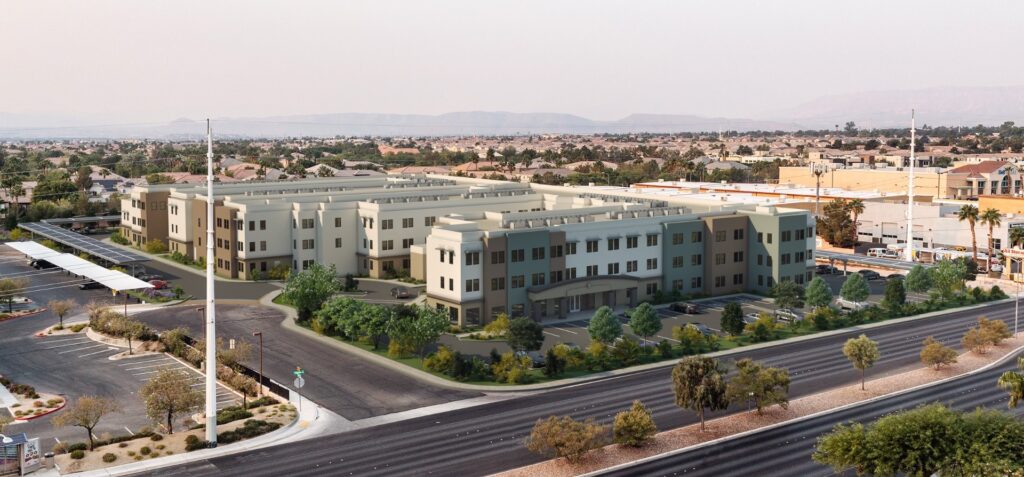
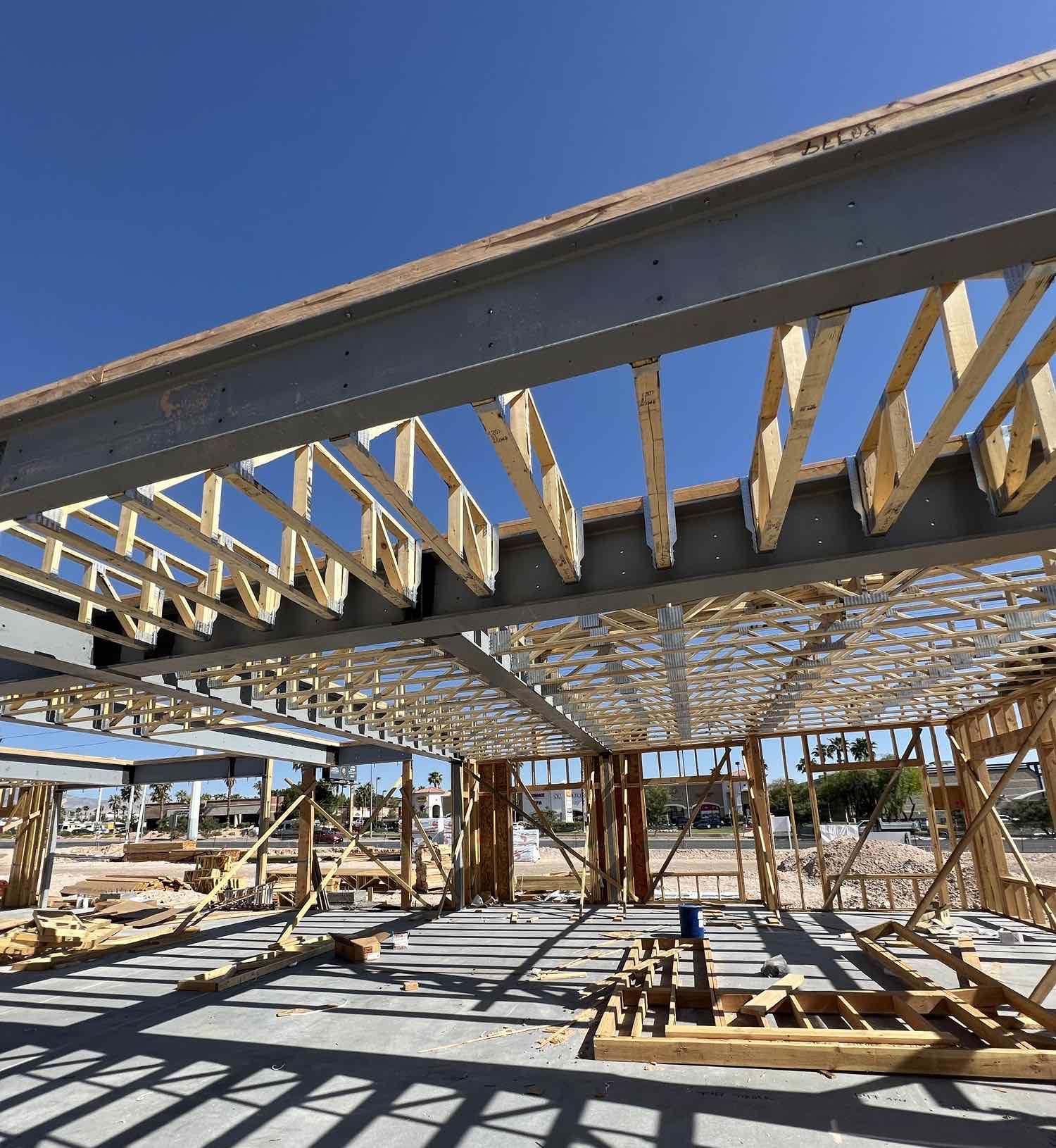

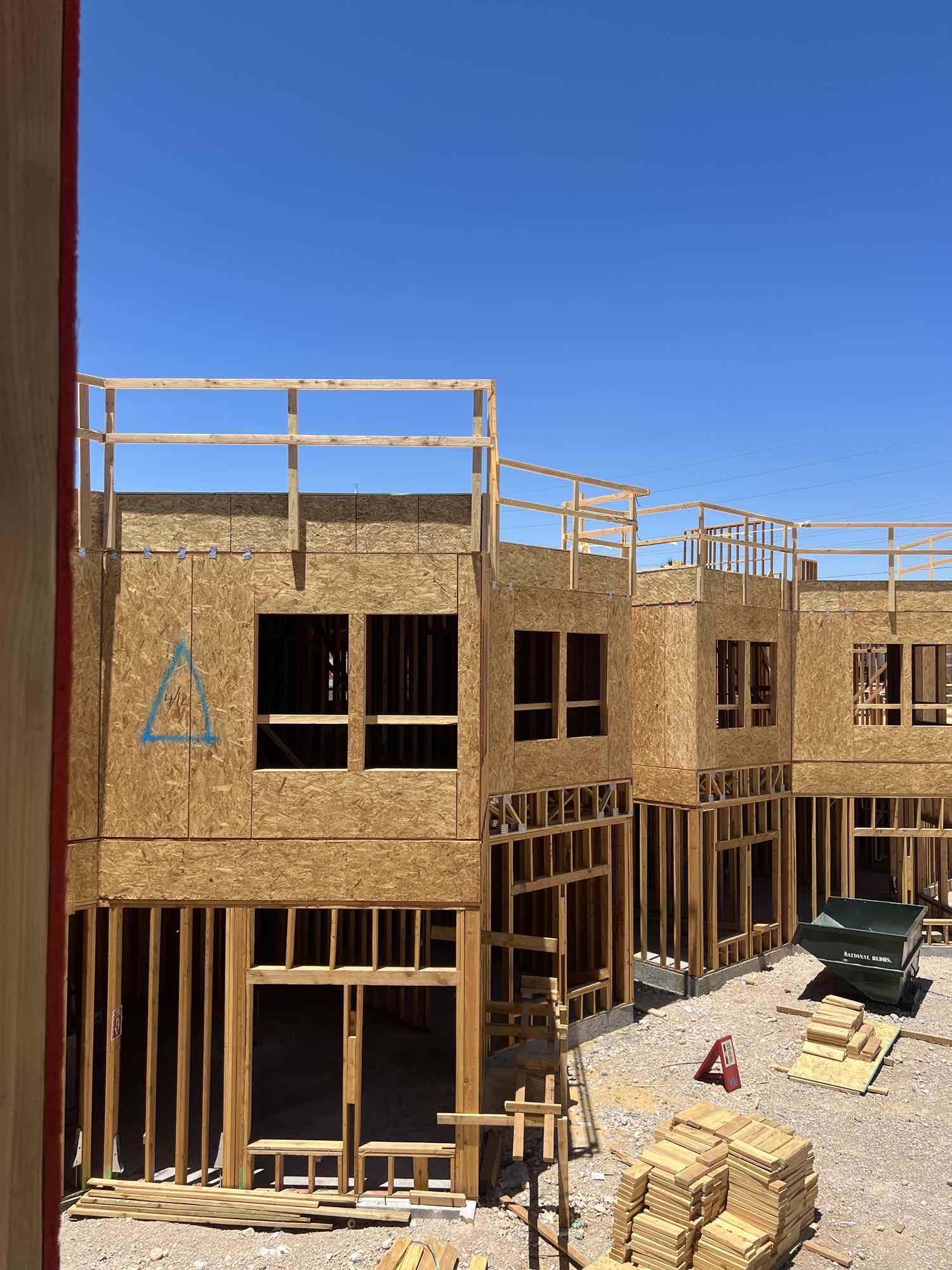

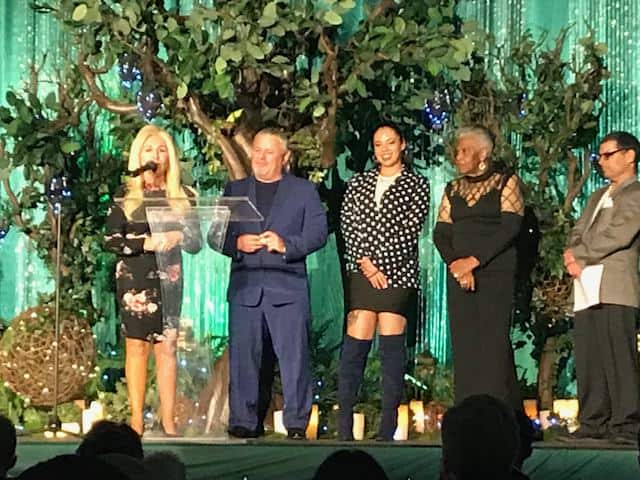


 This year, Marina Adamy of GGI, Lori Muehlhausen of Silver State Housing and Angel Rivera, Manager of McKnight Senior Village, attended the 9th annual Jewel Awards, sponsored by the Nevada State Apartment Association (NVSAA).
This year, Marina Adamy of GGI, Lori Muehlhausen of Silver State Housing and Angel Rivera, Manager of McKnight Senior Village, attended the 9th annual Jewel Awards, sponsored by the Nevada State Apartment Association (NVSAA). John Huck of Fox 5 News and Caitlin Shea from HomeAid of Southern Nevada hosted the Presentations portion of the evening, which also featured a entertainment, a formal dinner, dancing and a raffle to benefit HomeAid of Southern Nevada.
John Huck of Fox 5 News and Caitlin Shea from HomeAid of Southern Nevada hosted the Presentations portion of the evening, which also featured a entertainment, a formal dinner, dancing and a raffle to benefit HomeAid of Southern Nevada.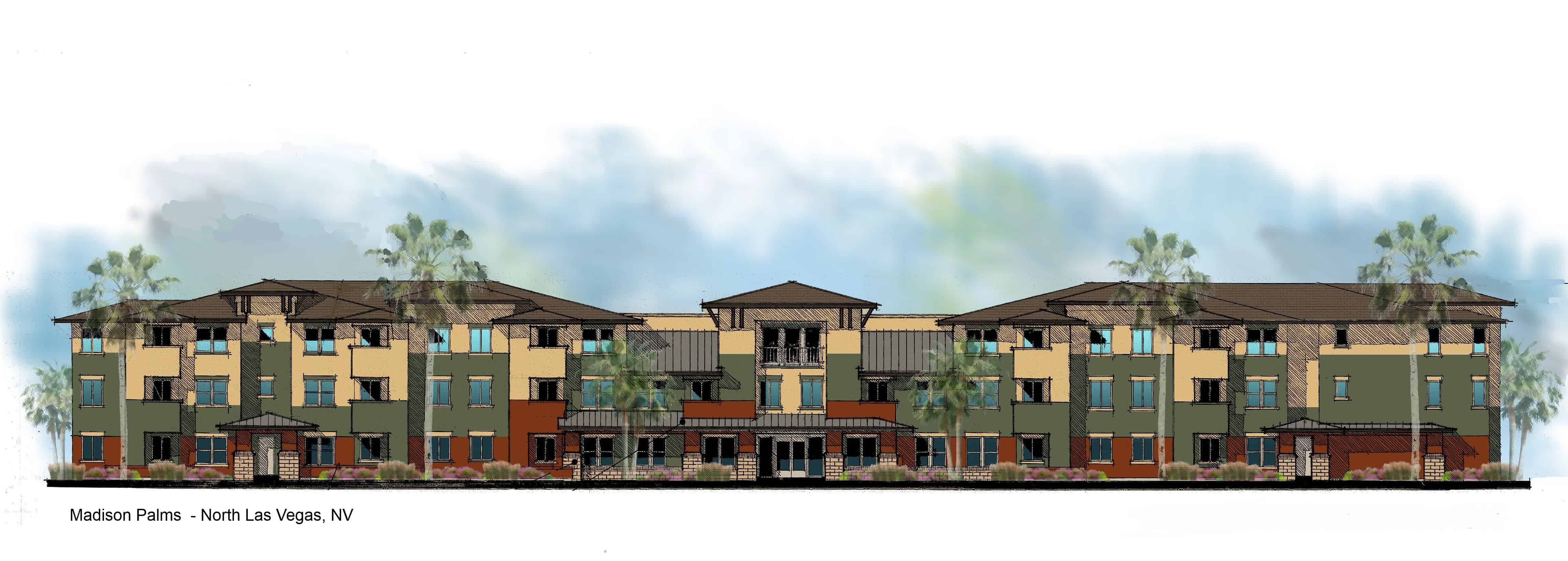 Tax Credit Reservation Received!!!
Tax Credit Reservation Received!!!
